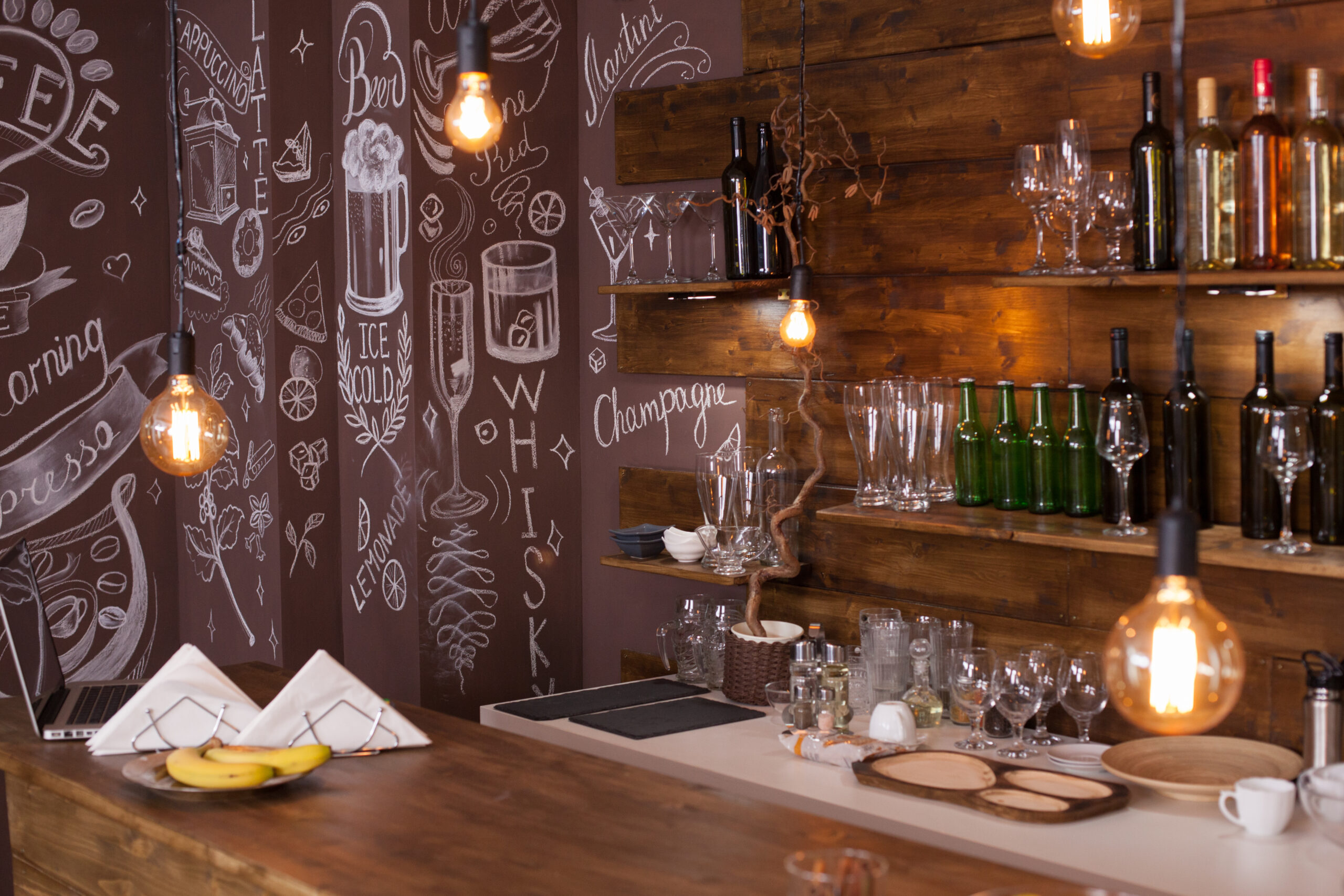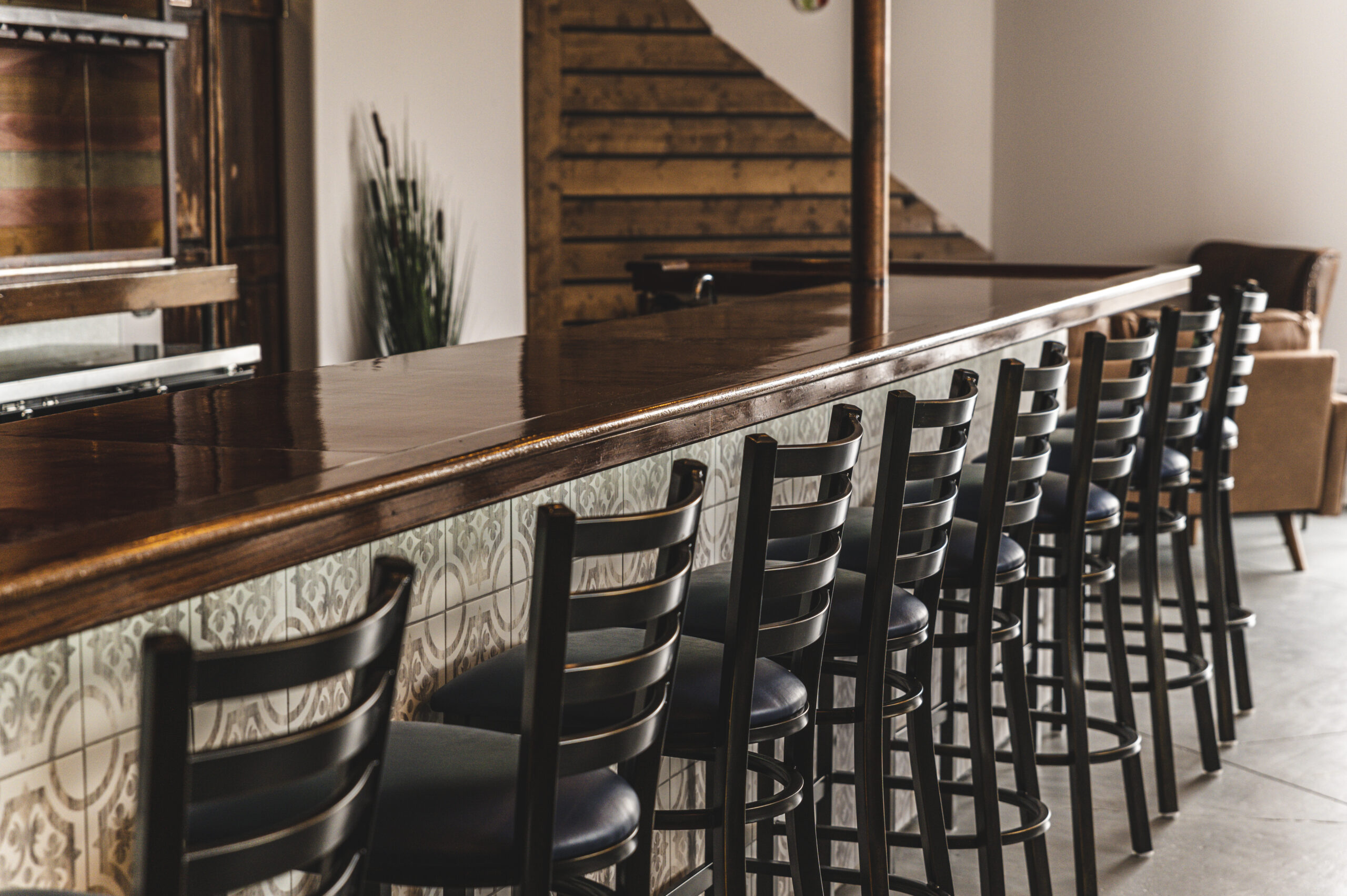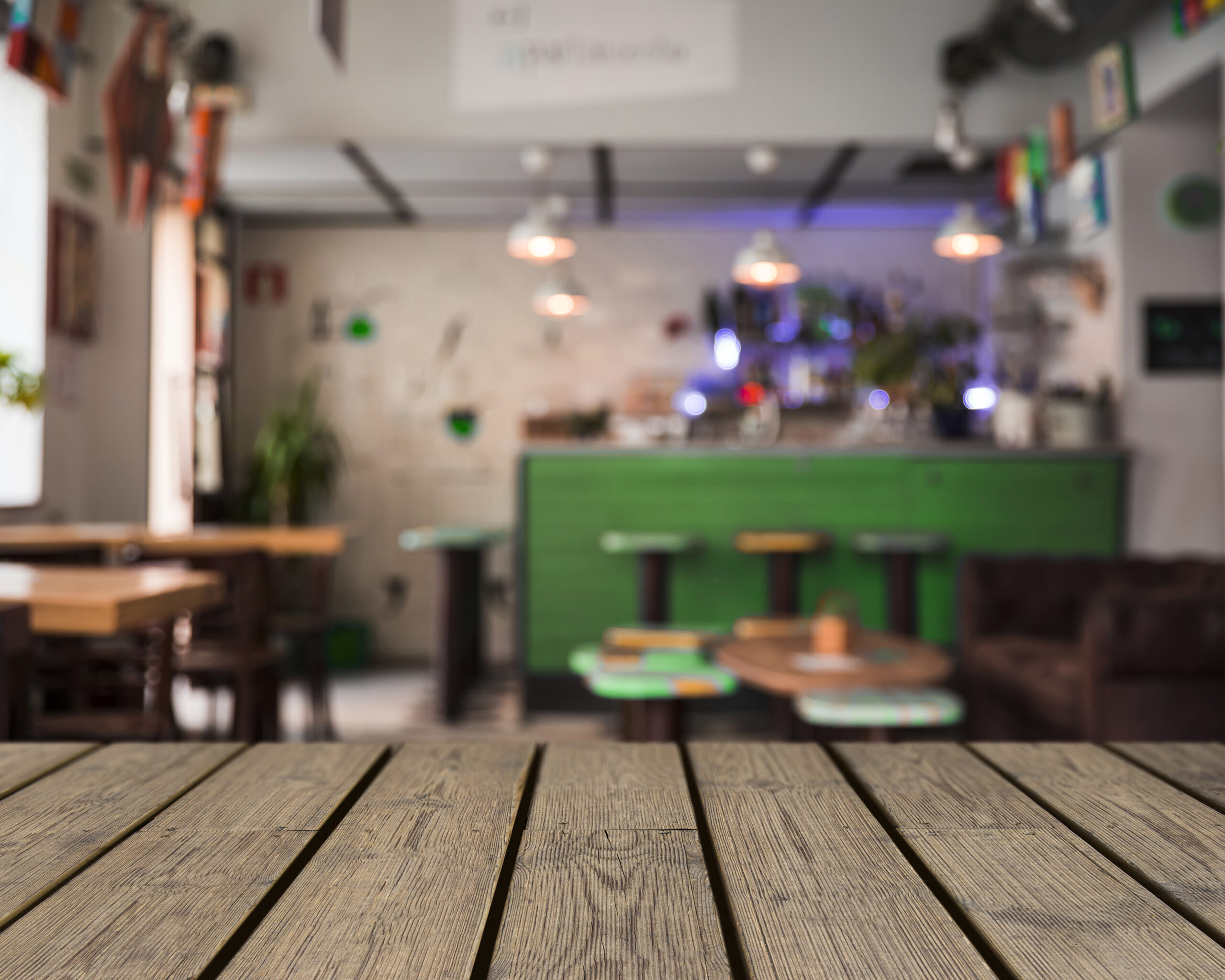San Francisco, known for its vibrant nightlife and trendy bars, has become a hub for those looking to transform their garages into stylish home bars. With the rising popularity of home entertainment, homeowners are looking for creative ways to utilize their space and add value to their homes. Converting a garage into a home bar not only provides a unique and personalized space for entertaining guests but also adds value to the property.
The process of transforming a garage into a home bar can be a daunting task for homeowners. However, with the help of professionals, it can be a seamless and enjoyable experience. From designing the layout to selecting the perfect lighting, every detail must be carefully considered to create a functional and stylish space. With the right planning and execution, homeowners can turn their garages into a one-of-a-kind home bar that reflects their personal style and taste.
Understanding Zoning Laws in San Francisco
In San Francisco, converting a garage into a home bar requires understanding the city’s zoning laws, as regulations vary by neighborhood and property designation. Properties are zoned differently, such as residential, commercial, or mixed-use, each with specific activity allowances. Residential zones may restrict commercial activities, while mixed-use zones offer more flexibility. Additionally, the property size matters due to minimum size requirements for home bars, which differ by location. Compliance with material regulations, like fire-safe wood choices, is also essential. Thorough research on zoning laws ensures your home bar renovation adheres to all legal requirements and avoids potential issues.
Designing Your Home Bar
Designing a home bar involves several important aspects:
- Style and Theme: Choose a style for your bar, like modern or rustic, which will influence your choice of materials, colors, and finishes.
- Layout and Functionality: Plan for the necessities like a sink, refrigerator, and counter space if you’re serving food and drinks. Think about adding seating and entertainment options.
- Lighting: Use lighting to create the right mood, with options like dimmer switches and pendant lights.
- Storage: Ensure ample storage for glasses, bottles, and accessories with shelving, cabinets, or wine racks.
By focusing on these elements, you can create a functional and inviting home bar for entertaining.
Budgeting for Your Garage Transformation
Transforming your garage into a home bar is an exciting project that requires meticulous financial planning to ensure the transformation is both affordable and meets your expectations. Here’s how to effectively budget for your garage transformation:
1. Setting a Realistic Overall Budget
Start by determining how much you’re willing to spend on the entire project. This involves taking into account every potential expense, including labor, materials, permits, and any unexpected costs that might arise. Understanding your financial limits from the beginning helps you make informed decisions about what you can afford, allowing you to allocate funds wisely and avoid overspending.
Key Considerations:
- Total available funds: Consider your savings, potential financing options, or other sources of money you plan to use.
- Priority areas: Decide what aspects of the project are most important to you, such as high-quality materials or specific design elements, and allocate more of your budget there.
2. Material Costs
The materials you choose will significantly impact the overall cost. Prices can vary widely based on quality, durability, and aesthetic appeal. For a home bar, you might be looking at costs for cabinetry, countertops, flooring, and lighting, among others.
How to Manage:
- Research: Spend time looking into different materials to understand their pros and cons. This will help you find a balance between cost and the look you’re aiming for.
- Comparisons: Get quotes for materials from multiple suppliers to ensure you’re getting the best deal.
- Alternatives: Consider using less expensive materials that still achieve your desired style. For example, laminate countertops instead of granite.
3. Labor Costs
Unless you’re doing the work yourself, you’ll need to hire professionals for tasks like electrical work, plumbing, and carpentry. Labor costs can vary significantly based on the complexity of the project and local rates.
Steps to Take:
- Get multiple quotes: Always seek out several estimates from reputable contractors to compare prices.
- Check references: Ensure the professionals you hire have a good track record and are capable of completing the work to your satisfaction.
- Understand the scope: Be clear about what the job entails to avoid additional charges for unexpected work.
4. Planning and Research
Thorough planning and research are crucial to staying within your budget. This means taking the time to:
- Design wisely: Plan your home bar layout and features carefully to avoid costly changes mid-project.
- Permitting: Understand the permitting process and costs in your area to avoid delays or fines.
- Contingency: Always include a contingency fund in your budget (typically 10-20% of the total cost) to cover unexpected expenses.
By following these steps, you can ensure your garage transformation into a home bar is both financially manageable and aligns with your vision. Remember, the key to successful budgeting is flexibility, research, and realistic planning.
Obtaining Necessary Permits
Before transforming a garage into a home bar in San Francisco, it is important to obtain the necessary permits from the local government. Failure to do so can result in fines and legal issues.
The process for obtaining permits can vary depending on the specific location and the extent of the renovation. However, in general, the following permits may be required:
- Building permit: This permit is necessary for any structural changes that will be made to the garage, such as adding windows or doors, or altering the electrical or plumbing systems.
- Electrical permit: This permit is required for any electrical work that will be done, such as installing lighting or outlets.
- Plumbing permit: This permit is necessary for any plumbing work that will be done, such as adding a sink or a bar area.
To secure permits for a home bar, consult with a licensed contractor or architect knowledgeable about local building codes. They’ll ensure your plans comply and assist with permit applications. Remember, the permit process can take weeks to months, so include this time in your renovation timeline. Obtaining permits ensures your home bar is safe, compliant, and legally up to code.
Hiring Professionals for Conversion
Converting a garage into a stylish home bar in San Francisco can be a daunting task, especially if you don’t have any prior experience in construction or design. While some homeowners may be tempted to undertake the project themselves to save money, it’s important to remember that transforming a garage into a functional and attractive living space requires a certain level of expertise.
Hiring professionals for the conversion can ensure that the project is completed safely, efficiently, and to a high standard. There are several types of professionals that homeowners can consider hiring, depending on their needs and budget.
Contractors: Oversee construction, manage the project, hire subcontractors, obtain permits, and ensuring timely, budget-compliant work. Suitable for homeowners preferring a hands-off approach.
Architects: Specialize in design, helping create custom home bar designs tailored to specific needs and preferences. Offer advice on materials, layout, and lighting for functionality and aesthetics.
Interior Designers: Focus on attractive, functional living spaces. Assist in selecting furniture, lighting, and decor to match the home bar’s design, advising on color schemes, textures, and patterns for a cohesive look.
Hiring professionals for converting a garage into a home bar in San Francisco ensures high-standard completion. Homeowners should consider their needs and budget when choosing professionals.
Construction and Installation Process
Converting a garage into a stylish home bar in San Francisco requires careful planning and execution. The following are the steps involved in the construction and installation process:
- Planning: Decide on the bar’s location, type, countertop material, lighting, and seating in the garage, considering plumbing and electrical systems.
- Demolition: Remove garage fixtures like shelves, cabinets, and workbenches, including any drywall or insulation.
- Flooring: After demolition, install new flooring or refinish the existing concrete floor.
- Framing: Build walls and ceiling for the bar, adding insulation and drywall for comfort and soundproofing.
- Plumbing and Electrical: Install necessary plumbing and electrical systems, including water lines, a sink, electrical outlets, and lighting fixtures.
- Bar Installation: Install the bar, either custom-built or pre-made, and add the countertop.
- Finishing Touches: Paint walls, install lighting fixtures, and add furniture and decor.
Converting a garage into a home bar in San Francisco requires thorough planning and attention to detail for a successful, value-adding project.
Furnishing Essentials for a Home Bar
Bar Stools
A must-have, available in various styles and materials like wood, metal, and leather. Choose based on bar height and decor style.
Bar Cart
Offers a movable surface for drink mixing and serving, ideally with wheels and built-in storage for bar necessities.
Glassware
Essential for a variety of drinks, stock up on highballs, tumblers, martini glasses, and wine glasses. Choose durable, quality glassware.
Lighting
Sets the mood and ambiance. Install dimmer switches for adjustable lighting and select fixtures that match your bar’s style.
Decor
Personalize with artwork, mirrors, vintage barware, or plants to create a welcoming, stylish space.
These elements combine functionality with style, creating a comfortable and appealing home bar for entertaining.
Conclusion
In San Francisco, we at Rhino Garage Conversion Bay Area can help transform your garage into a stylish home bar. Enhance its inviting and elegant atmosphere with decorative lighting, such as under-shelf LED strip lights and a statement chandelier or pendant light. Personalize the space with artwork, vintage posters, or unique art pieces, and add greenery like potted plants for vibrancy.
Celebrate your new home bar’s functionality and style with a grand opening, offering a variety of drinks and snacks. This transformation is a fantastic way to add value and personality to your home, making it a favorite spot for entertainment and relaxation.






